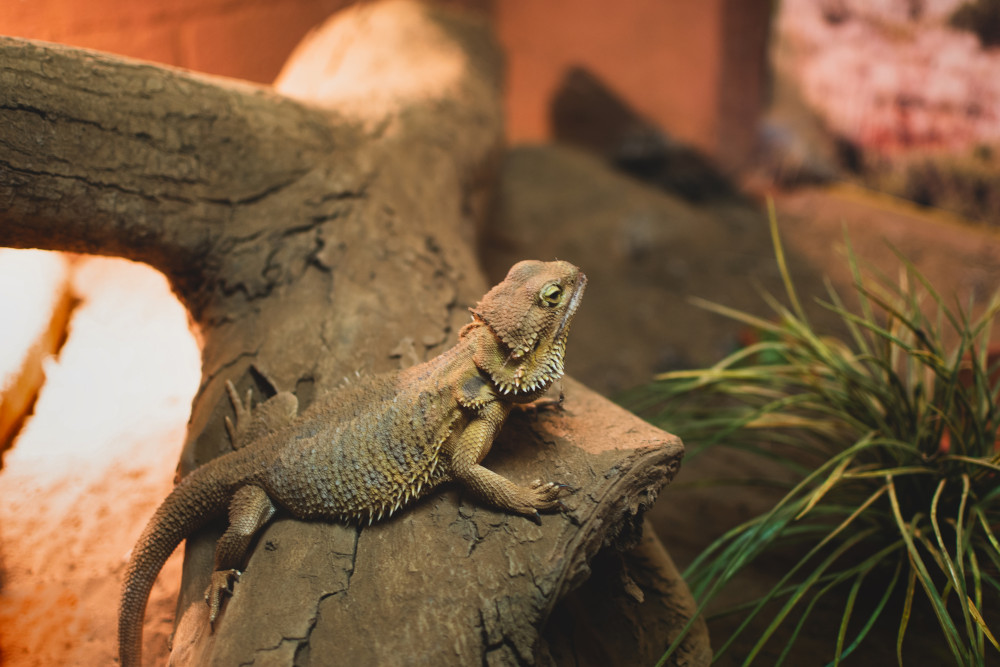
So, you’ve decided that a reptile is the right animal for you. But which reptile? There are some species that are not suitable as pets (especially for beginners) and others that will not be ready to breed for years. Do these characteristics fit in with your plans? The key to knowing the answer is research.
Do your research first. Looking at this web page is a good start and means that you are on the right track. The reptiles that people usually start with as companion animals are pythons, dragons, skinks, and turtles. Other reptiles such as geckos, legless lizards, monitors, crocodiles, and venomous snakes require more knowledge and experience.
- The most popular Australian reptiles to keep are the blue-tongue lizard (Tiliqua scincoides), and the central bearded dragon (Pogona vitticeps). Both are interesting animals, often interact with people, and are comparatively easy to care for when compared with other reptiles. Geckos and monitors require more specialised care and should only be held by experienced reptile keepers.
- Freshwater turtles – the long-necks (Chelodina longicollis) and the short-necks (Emydura species) are also popular pets; however, a lot of time and effort needs to go in to water changing and filtration, among other things.
- The carpet pythons (Morelia spilota), the Anteresia pythons [the Children’s python (A. childreni), the spotted python (A. maculosa), the Stimson python (A. stimsoni)], and the Aspidites pythons [The black-headed python and the woma (Aspidites melancephala and A. ramsayii)] are the most common and popular pythons. Usually calm and sedentary, they can be comparatively easy to look after if your enclosures are well set up for them. Other pythons, such as the olive python (Liasis olivaceus) and the green tree python (Morelia viridis) require more specialised care and should only be held by experienced reptile keepers.
- Venomous reptiles and crocodiles are extremely dangerous and require highly experienced and well-trained keepers. They are not recommended for new reptile keepers.
Reference
Doneley B (2017) Taxonomy and Introduction to common species. In: Doneley B, Johnson R, Monks D, Carmel B (eds) Reptile medicine and surgery in clinical practice. Wiley-Blackwell, pp 1–14
